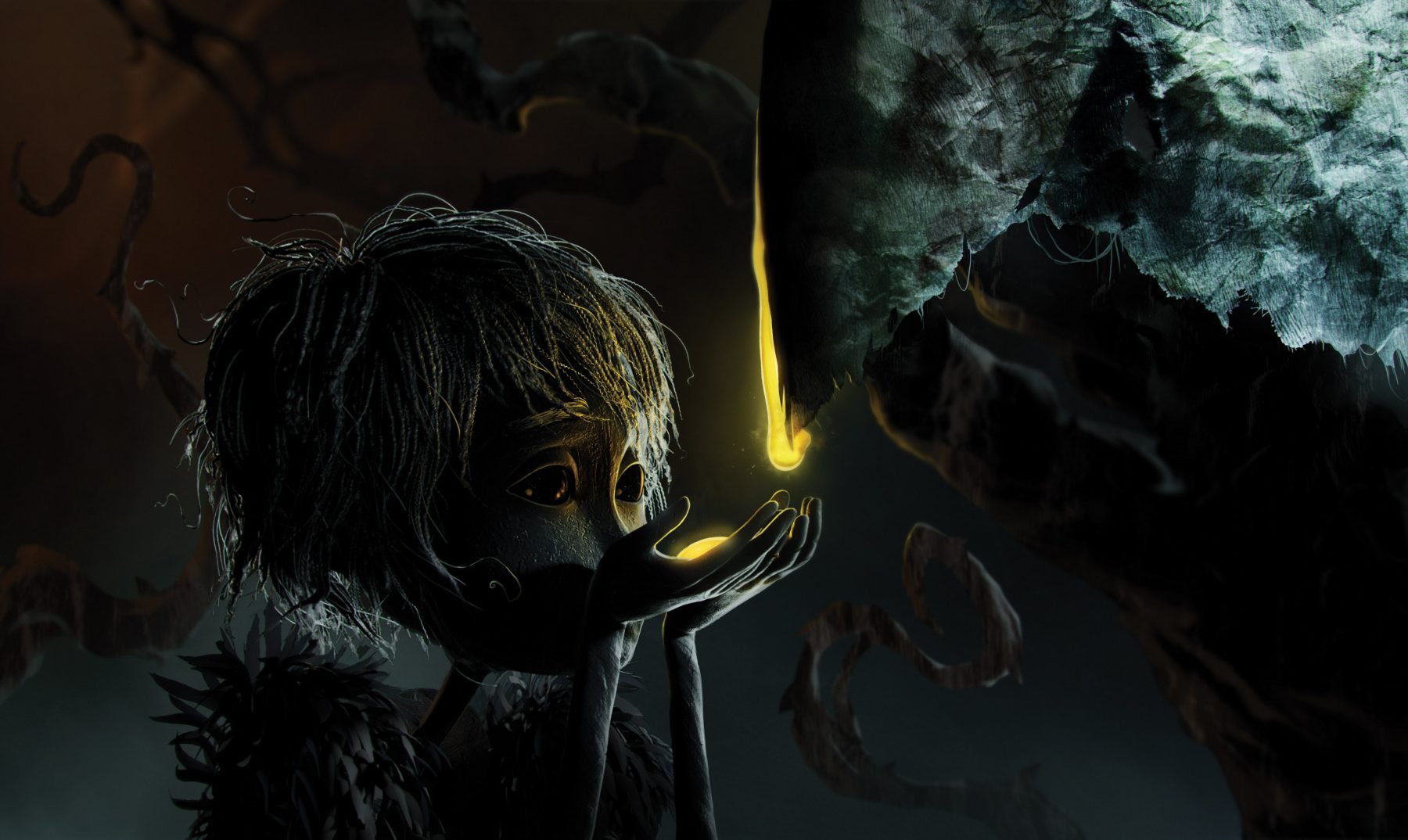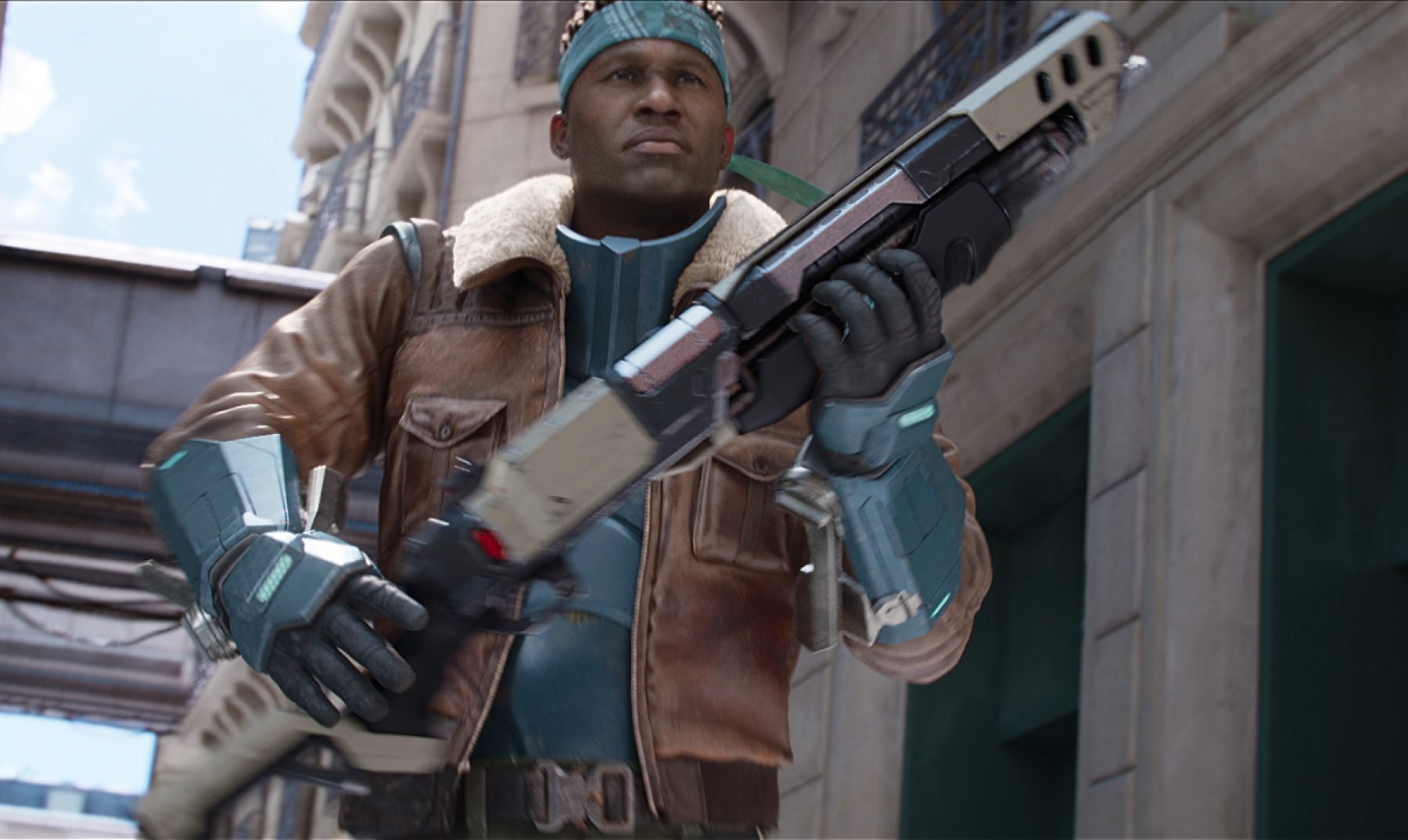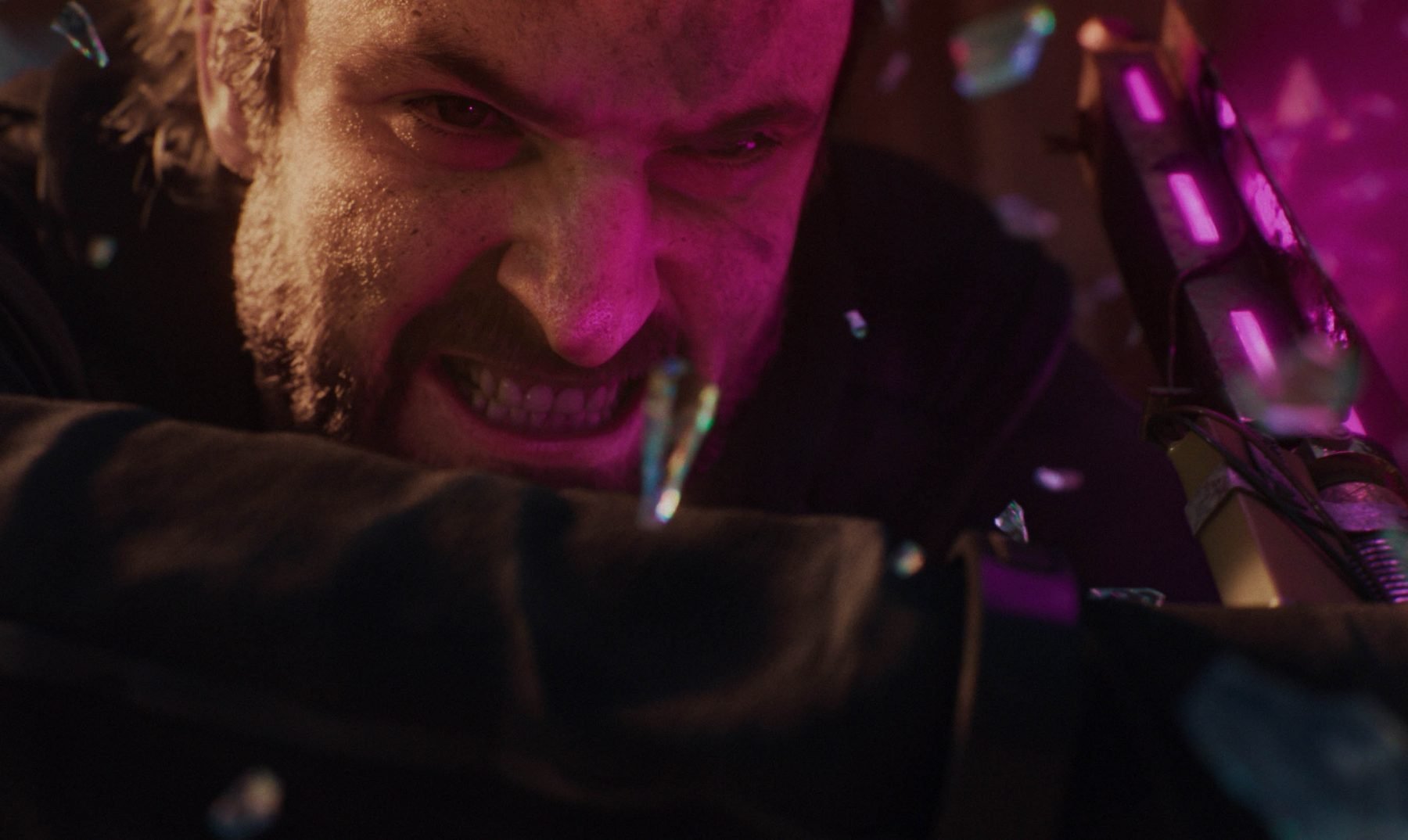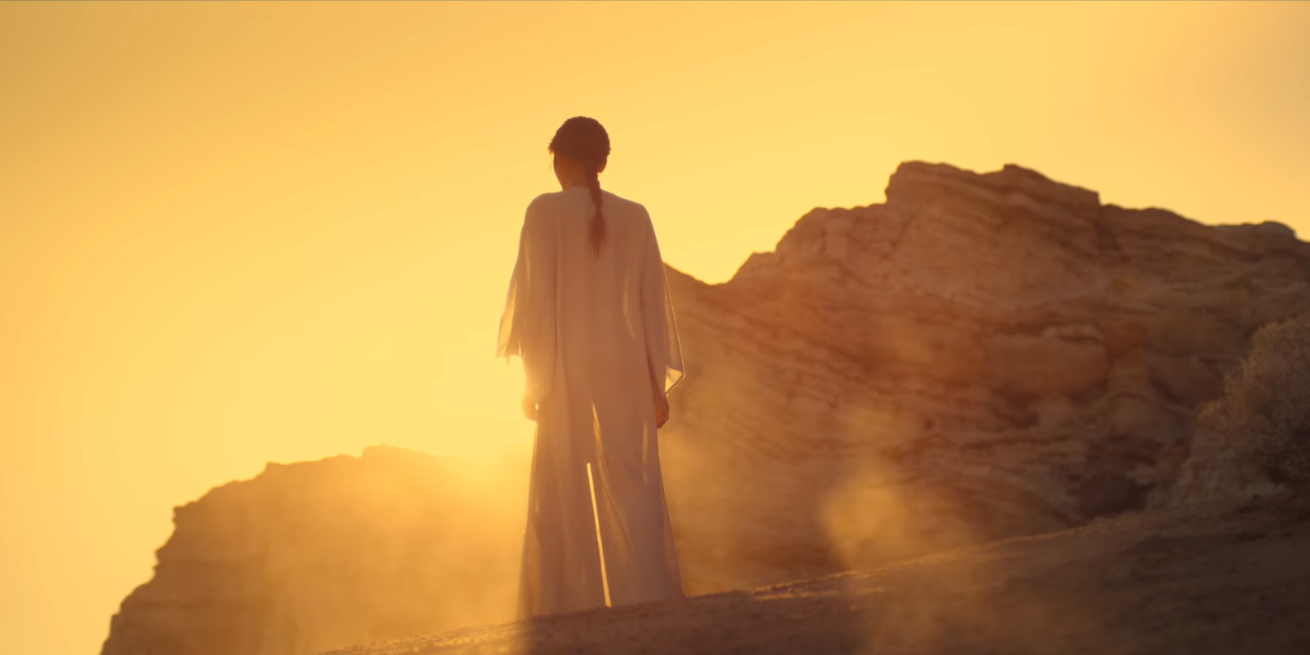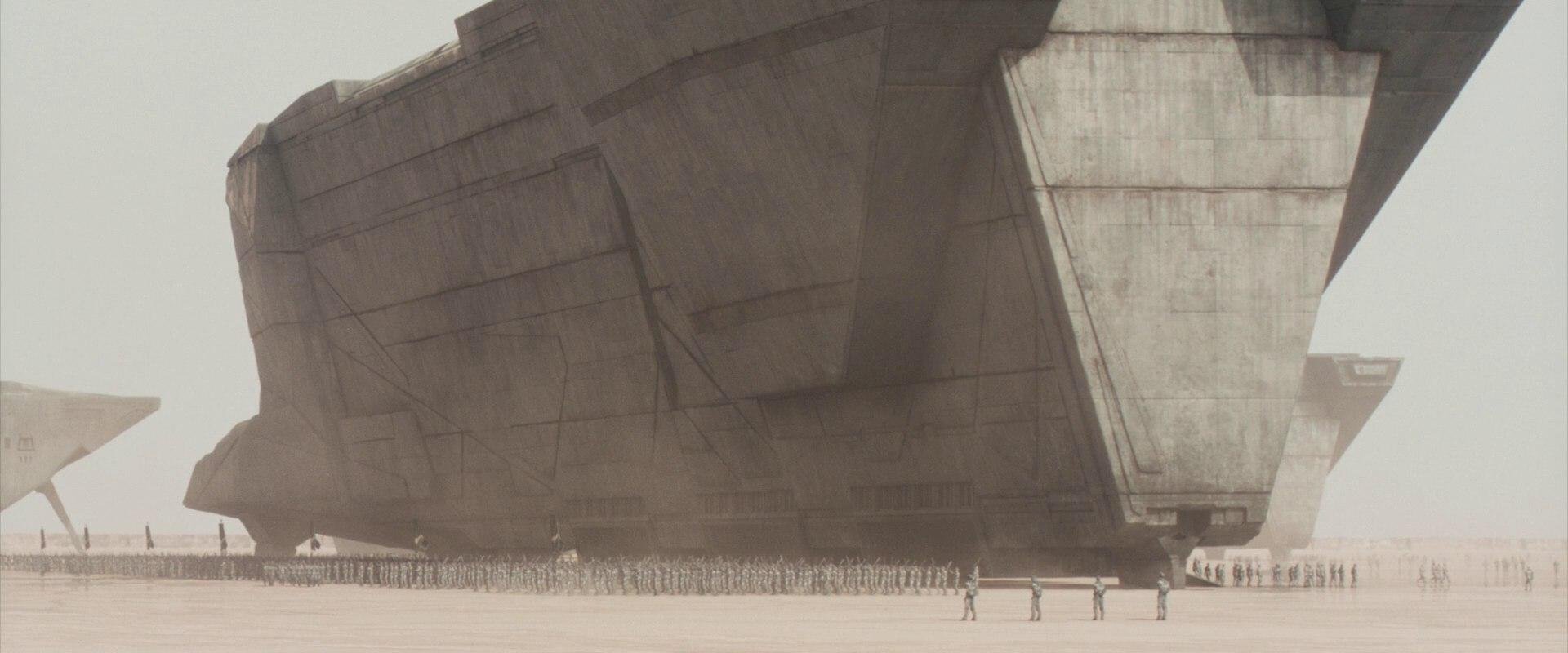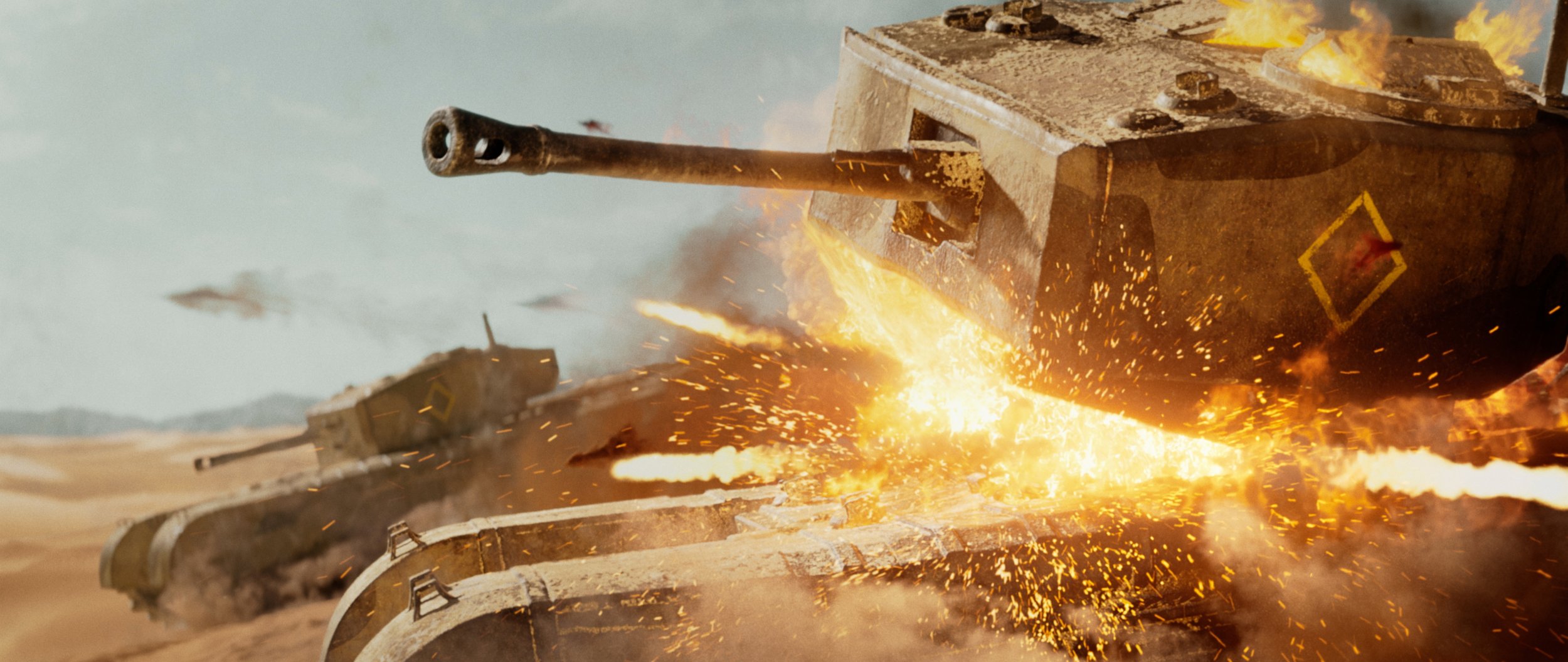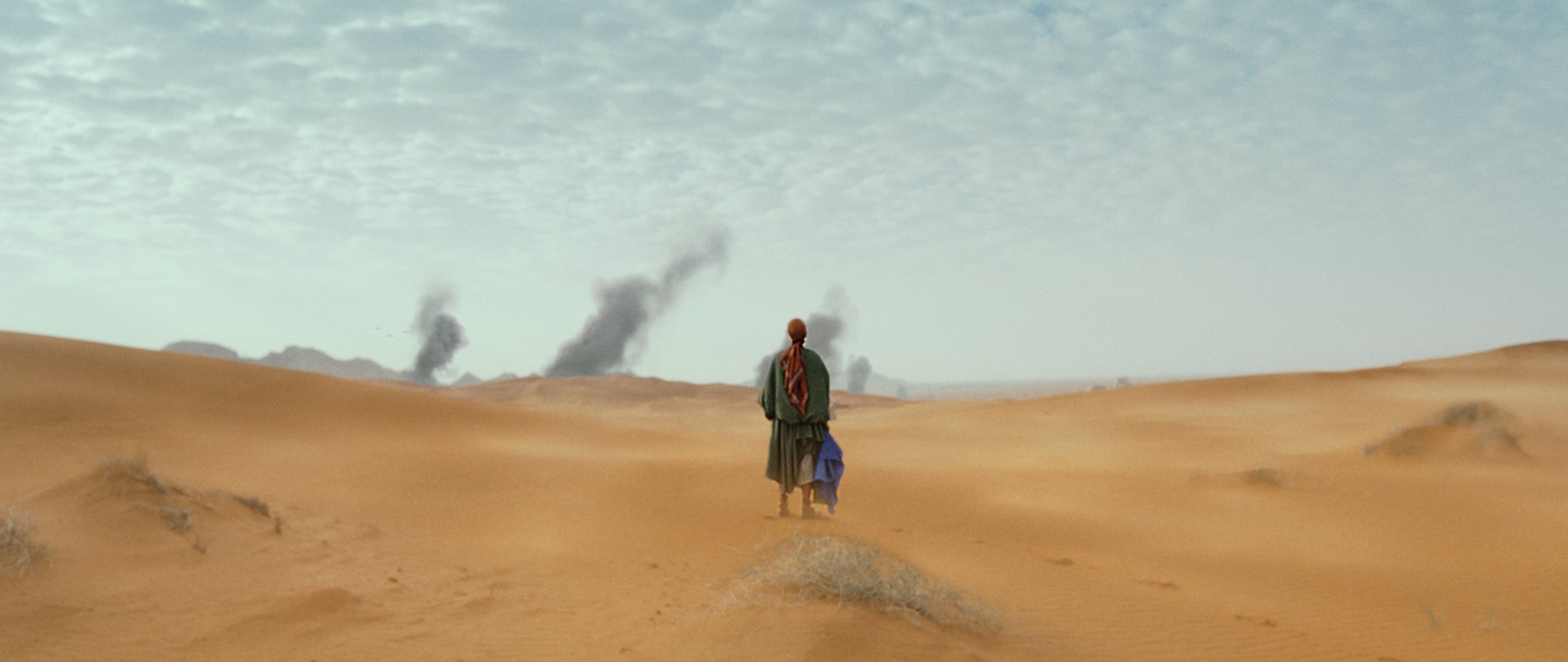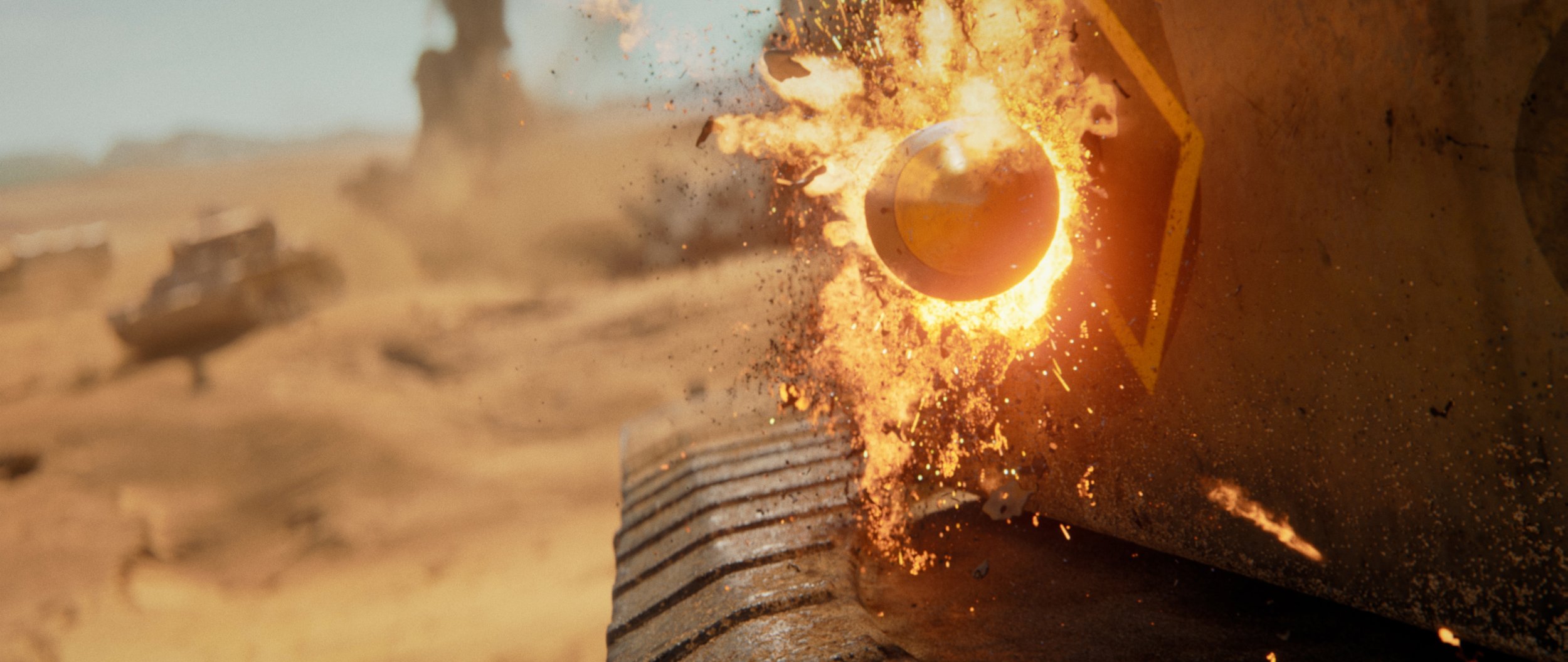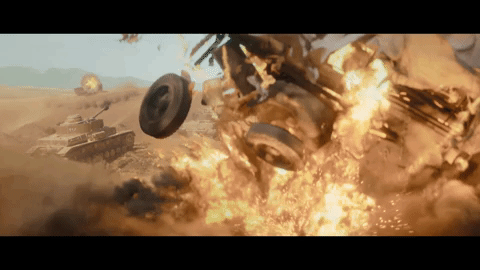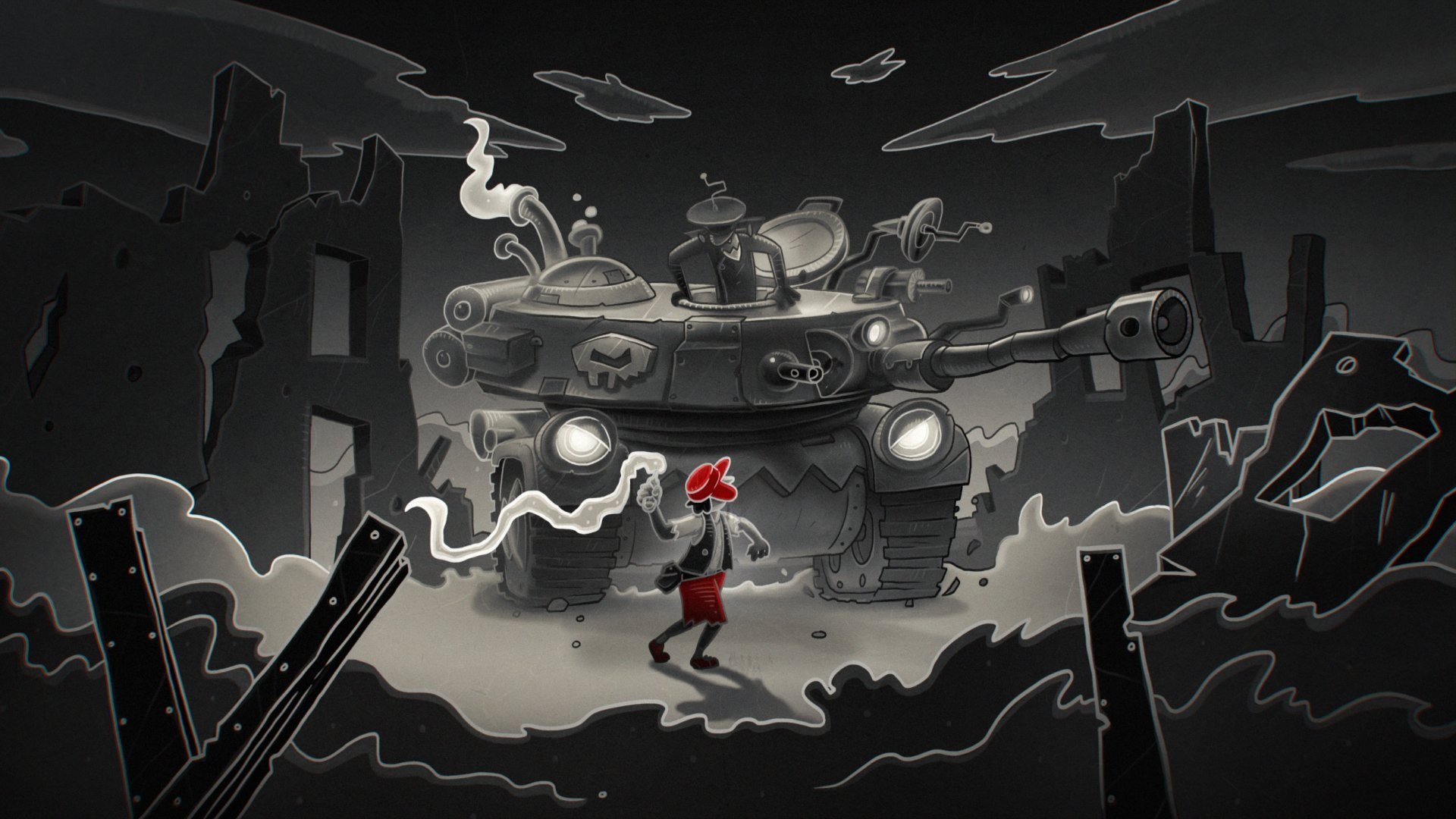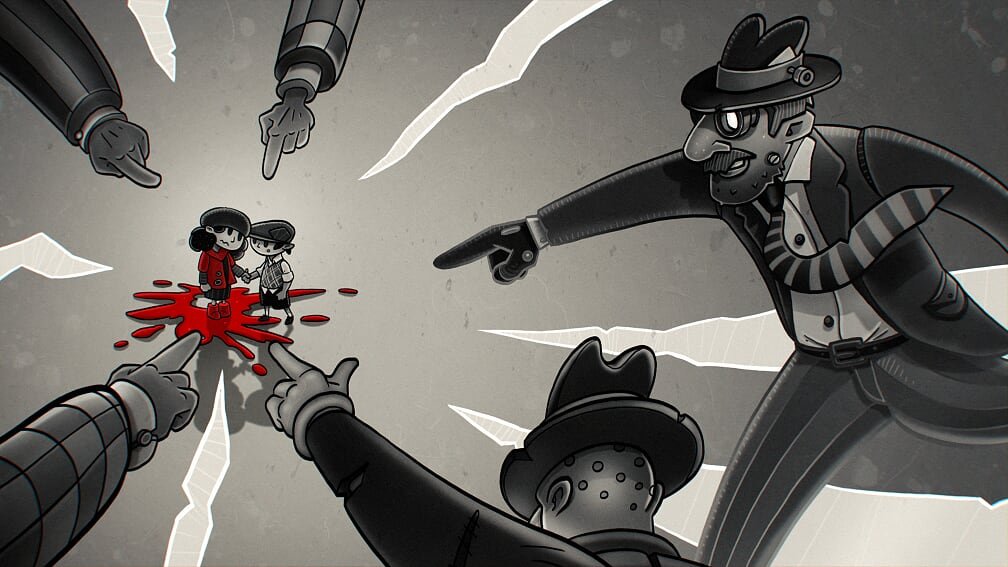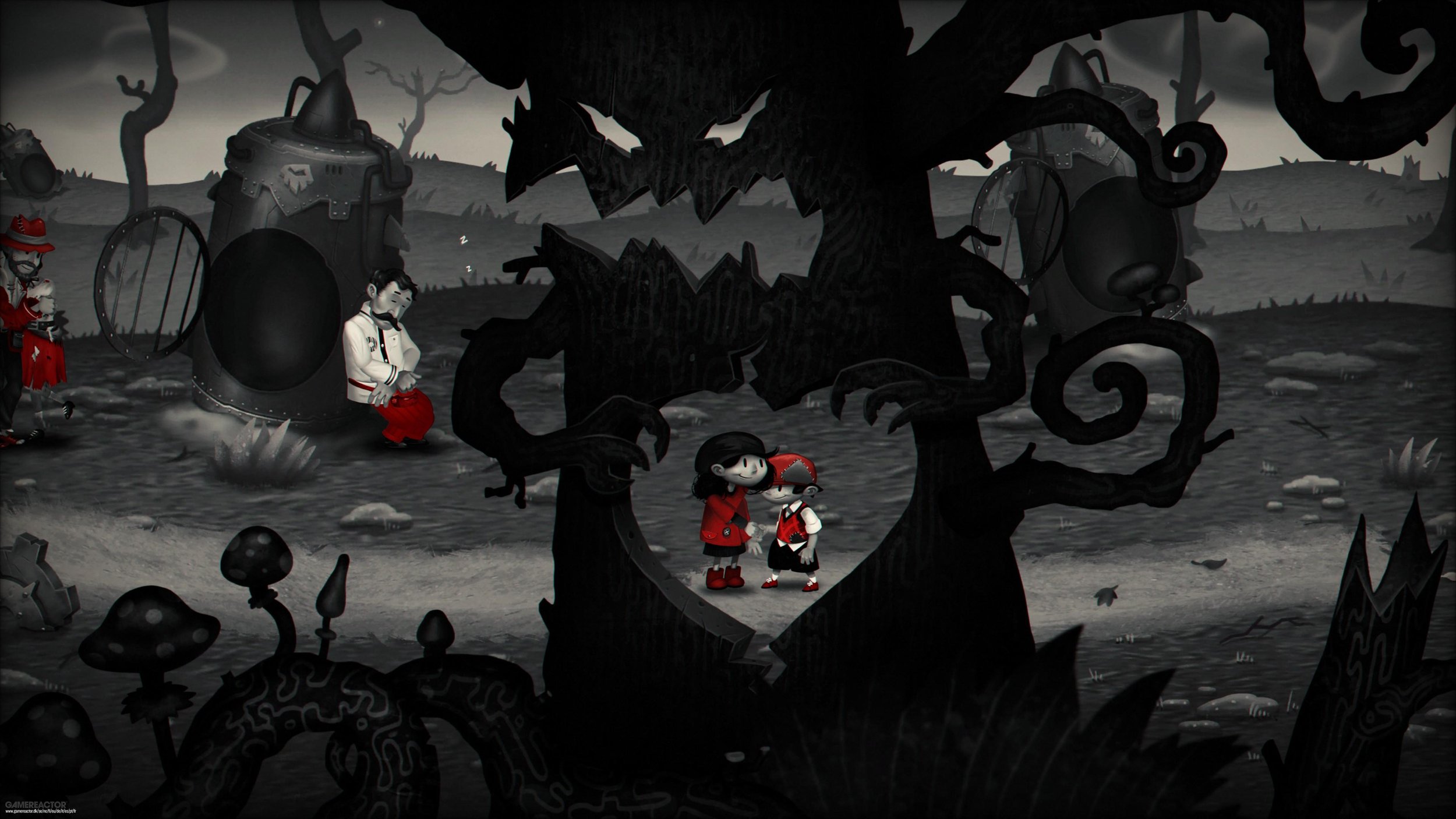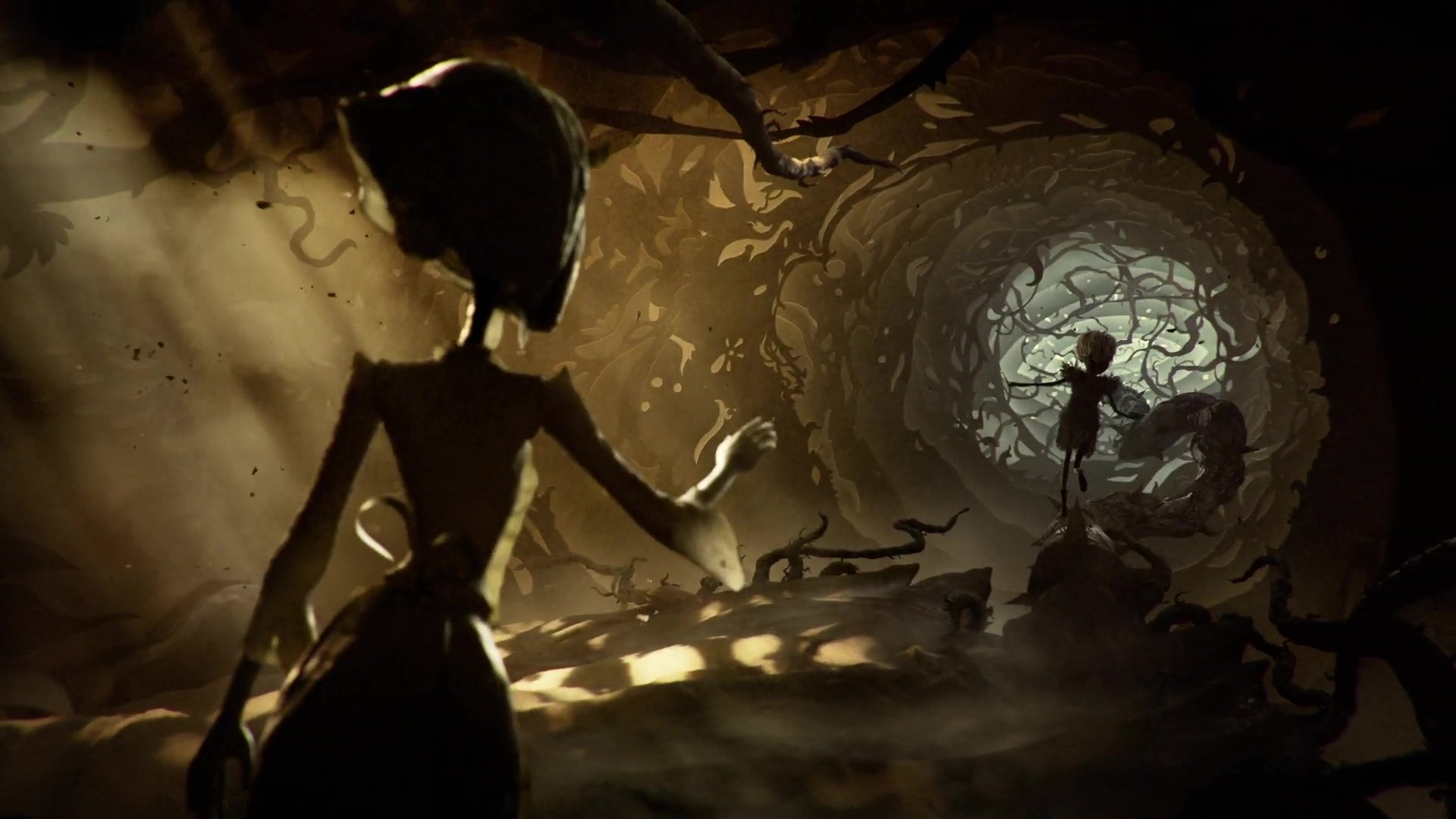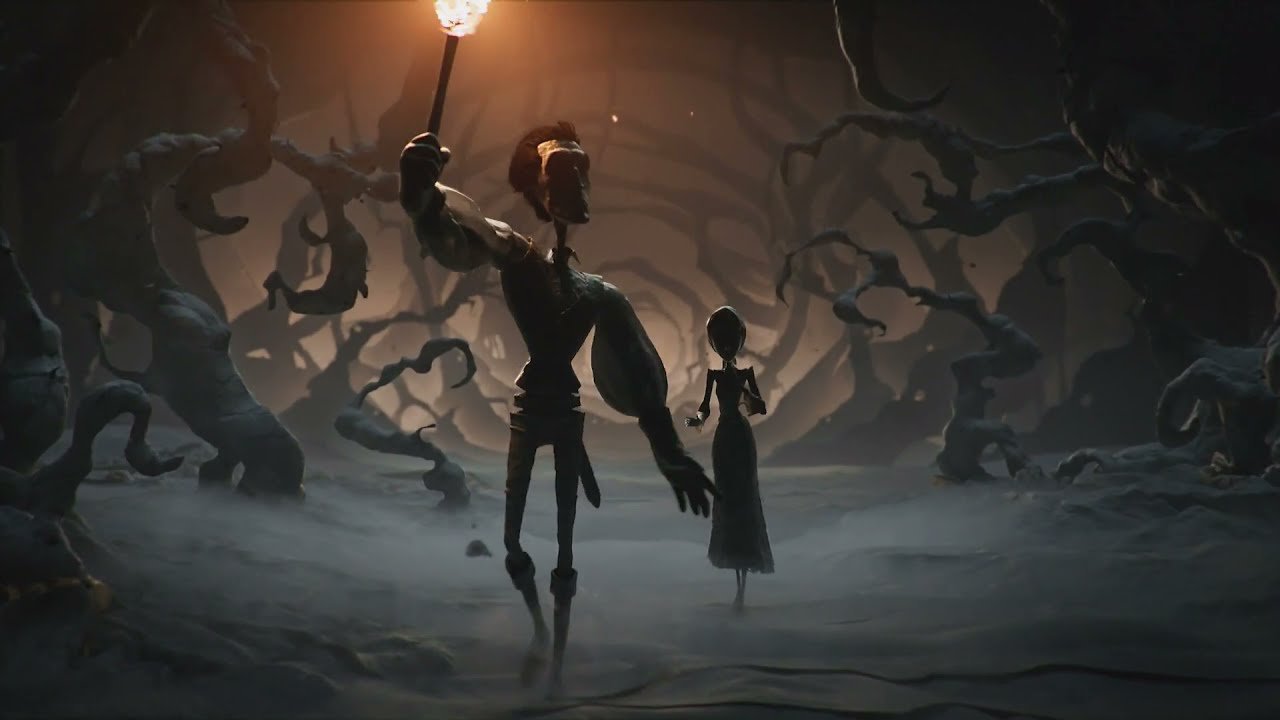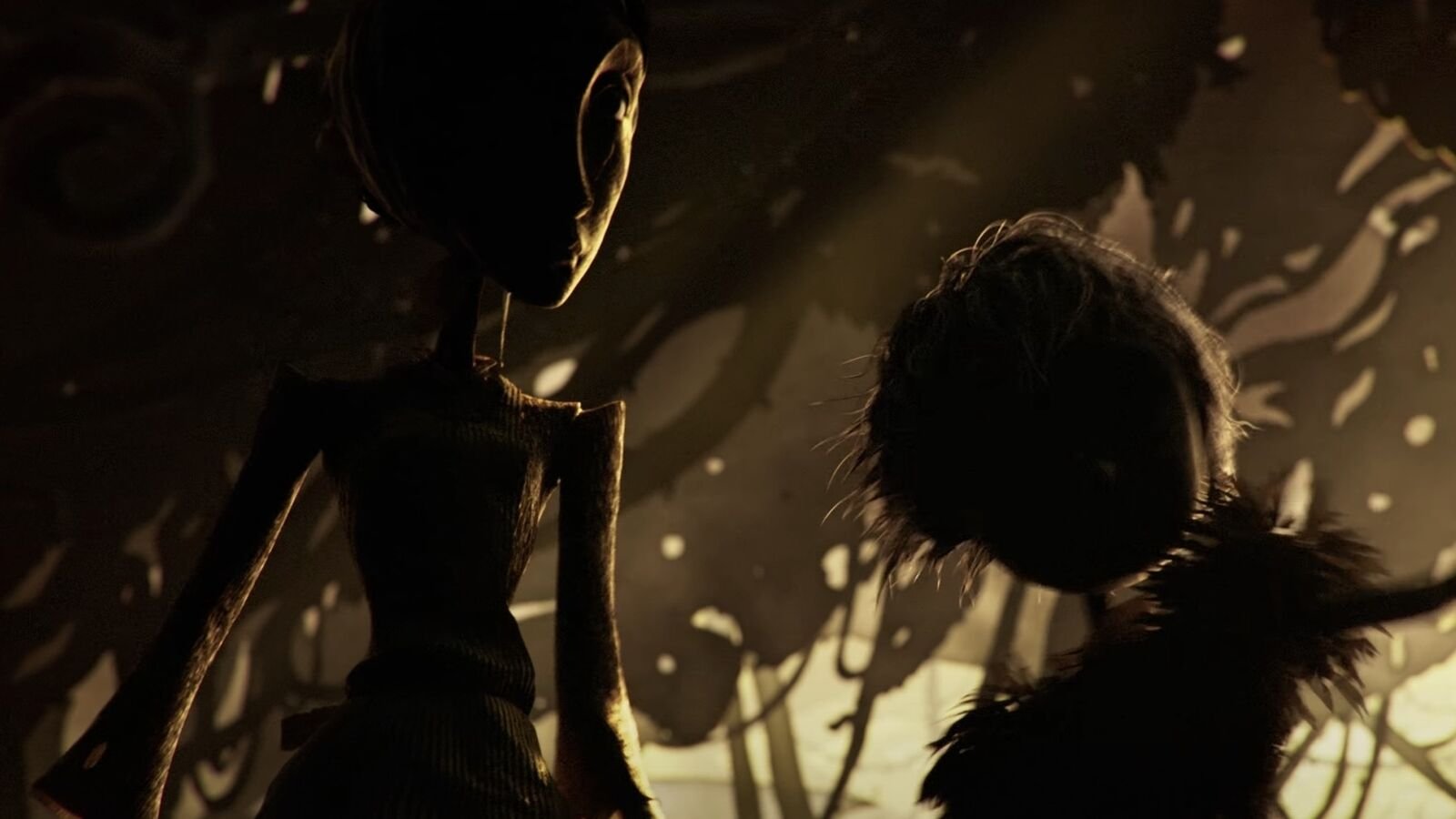
PLATIGE IMAGE - MAKING GAME TRAILERS INTO A NARRATIVE ART FORM
Lemonade Reps caught up with directors J. Jabłoński Platige and T. Suwalski from animation and VFX powerhouse, Platige Image to discuss the process and pressures of creating video game cinematics and how the video game trailer has evolved over the years with the improvements of technology and the popularity of video games as a medium.
You make a lot of game trailers for games that are sometimes still in the development process, do you ever get to see a sneak peak of gameplay? (J. Jabłoński & T. Suwalski)
TS: We do, if it exists. We’re usually attached so early in the development process that we mainly just have manuals, guides, and lookbooks, etc. It all depends on the stage that the game is at, and the purpose of the trailer. But, of course, if there’s some gameplay or a vertical slice, or in some cases even the whole game, we can get hold of it and play around on it.
JJ: Getting our hands on a vertical slice happens quite rarely. I would say that most of the time we start our work on trailers in a specific time paradox – we need to tell a story, creating a premise for the game and foreshadowing its storytelling and mechanics, without actually experiencing it, and long before it’s in playable condition. And you know what? That’s great, because we need to work very closely with the developers and marketing teams and that makes us feel part of a bigger team.
With bigger budgets and better hardware, the lines between cinema and video games is getting blurry, but once upon a time video games were looked at as a lesser medium do you think that’s starting to change?
JJ: The video games universe is so much more complex now. The times when it was seen as a lesser medium are long gone. The Game Awards show, and many other gaming events, have now reached Oscar and Emmy levels of popularity and respect. This is great for us because we finally feel respected as artists, directors and creatives. But games are about so much more than cinematic storytelling, and this world is far more complicated and diversified than cinema itself.
TS: For sure, especially with all the games-to-TV series adaptations. The media and storylines are blending, and we’ll soon have movies picking up a plot from a game and continuing it, as well as the other way around. Of course, with game genres being mostly dependent on the type of gameplay, the usual genres that are pioneering this blending process are FPS/TPP. And with some companies’ games (like Naughty Dog’s) being labeled as ‘games for cinephiles’, this is becoming even more evident.
Games are becoming more narrative focused with larger voice casts and more complex storytelling techniques, do you now feel more pressure on delivering a game trailer that highlights these advancements in video gaming?
JJ: The pressure is definitely there. It’s not only about the quality of the CGI, animation skills and technical achievements, but it’s also about creation. Platige can deliver an entire creative package with scripts, direction and art development, as well as music and SFX. Most of our bids contain complete ideas for the trailer or cinematic, and we are often given lots of artistic freedom nowadays.
TS: Absolutely. That’s also why I love to push live-action trailers for the developers. Previously, it was photorealistic CGI due to the need to distinguish the story trailers from the gameplay. But now, with the gameplay getting closer and closer to photorealism, doing more live-action seems like a good option to me.
How much communication do you have with game developers during the making of such trailers?
JJ: We need to create a tight connection in order to share ideas and briefs, and review every asset even in its very WIP form. The CGI creation process, and animation production in general, is very time-consuming. We need to inform our clients what we are planning, and what our approach is, and show our kitchen and recipes before we start cooking. The developers need to feel safe that we understand their game, its DNA and also its target audience.
TS: A lot. Apart from the initial briefs and pitchings, we need to get to know the game, the game world, and the expectations for the trailer. Once we are in production, we sync weekly or bi-weekly, and we also have daily mail or Slack communication when needed.
Company of Heroes 3 – North Africa Trailer Questions (T. Suwalski)
Were any of the team that helped develop the narrative for the North Africa trailer also fans of the game and did that have any impact on the overall end product?
TS: There are many Company of Heroes fans at Platige, and having that kind of emotional connection is always very helpful for a project. People are just very excited to work on it and they add lots of details from their own hearts.
The North Africa Trailer feels like its own piece separate from the game itself, almost like a movie tie-in, it reminded me of the large scope films of David Lean. Did you look at any filmmakers or films as a reference point when you started this project?
TS: The development of the trailer took place at the same time that “Dune” was storming the cinemas and since I’d been waiting for that Dune adaptation my whole life, it was an instant inspiration. We even wanted to scout the same deserts, but unfortunately it wasn't possible at the time. Other than that, I’d mention some arthouse films like Abbas Kiarostami’s “Ten” and the classic “Woman in the Dunes”, mostly for the pacing, emotions and lyrical desolation. There were multiple visual inspirations for the cinematography and color grading, but these were just frame-based so I don’t even remember the titles of the films.
Dune (2021) Directed by Denis Villeneuve
Stills from Company of Heroes 3 - North Africa Trailer
Platige Image worked on pre-production, post-production, storyboarding, previsualization, and casting. Is this a new experience for you?
TS: Not at all. We’ve been producing live-action projects for a long time now and, to be frank, the pre-production process for full CGI projects is more or less the same. Storyboards and previs are a must, and we usually cast real actors so that we can scan their image in order to get accurate facial performance.
What stage of the development and execution did you find the most challenging?
TS: I think it’s always the shooting days. It feels like the Olympics – you get yourself ready for weeks beforehand, preparing as hard and in as much detail as possible, so you can then execute a couple of super-intensive days of shooting. The amount of reaction needed, the changes in logistics and adapting to new conditions for each shoot, is impossible to predict.
Shooting in the desert sounds difficult to say the least, so how did you combat the unforgiving and unpredictable weather?
TS: Shooting on location is always a bit of a lottery, and we definitely had to face a number of challenges on our desert shoot. You might assume that Dubai has perfect weather all year round, but even the best-laid plans can sometimes go wrong and we suddenly found ourselves in the middle of heavy rain in the region for the first time in two years. Right when we had our shooting days! So we had to deal with that, as well as a couple of other external obstacles that were completely unpredictable, like a terrorist attack in another state that resulted in all drone flights being banned. Another interesting aspect was the logistics connected with having the crew moving around on the sand and trying not to leave any footprints in the frame.
Did you green screen any or all of the main character’s movements? The only reason I ask is that she manages to run across the dunes so beautifully!
TS: It was all shot on location, with no soundstage or green screen, and not even any set extensions or additional work on the environment. It was all captured on camera.
It would be great to hear a complete breakdown of the process, about what was shot on location and what was CGI and composited.
TS: All the tanks, planes, vehicles, smoke effects and explosions are CGI. If they appear in a live-action plate, they’re composited as VFX shots, but all the slow-motion battle scenes are full CGI. There were no set extensions made throughout the film, and it was all shot on location with a camera.
With such a strong narrative and cinematic vision, would you ever consider turning this trailer into a concept for a feature film?
TS: Of course, I would love to. But I’d imagine that a feature film is a little above the developer’s needs, at least for now. But a ‘Company of Heroes’ TV series at some point in the future? Now that would be interesting.
Resident Evil Village Questions (J. Jabłoński)
You worked on one of the biggest franchises in gaming for the Resident Evil Village trailer and it seemed that you were allowed a lot of creative freedom by Capcom. How did the idea start and what were the main objectives you wanted the trailer to achieve?
JJ: I love the fact that Capcom is not afraid to play with the DNA of this universe. I believe that Eastern fairy tales and legends are a very strong base of the Village and when the client presented their idea of a children's book as the starting concept, it just seemed perfect for me. A few years ago, I illustrated a magic fantasy novel about martial law in Poland – “Wroniec” by the famous Polish sci-fi writer, Jacek Dukaj. I also spent two years of my free time creating a fairy-tale game about the Nazi occupation of Poland during WWII called “My Memory of Us”, narrated by Sir Patrick Stewart. Both of these were heavily stylized metaphors that were only pretending to be children’s stories. The Resident Evil Village opening shares this approach and also hides a deeper meaning behind the simple narration.
J.Jabłoński’s illistration’s from “My Memory of Us”
Resident Evil Village Trailer Art Work
Did Capcom provide any gameplay footage or early development concept such as artwork, or did you go in completely blind?
JJ: I need to keep that confidential, but what I can say is that I was presented with a game script with a complete narrative. This was crucial as the animation itself is a mutated, filtered reflection of the original story. The creative freedom that we have already mentioned a couple of times comes precisely from that filter idea.
With such a huge franchise and a devoted fan base, did you feel any pressure when starting the project or were you just excited about the possibilities?
JJ: Excitement was the strongest feeling I had. Thanks to the trust and huge freedom that we were given by the Capcom team, I didn’t feel any external pressure. Obviously there was a degree of inner tension, coming directly from myself, but that was something completely different. I deeply believe that when you do something you love, you don’t feel negative pressure.
Where did the dark fairy-tale concept come from and where did you look for inspiration?
JJ: Initially, I wrote a couple of fairy tales flirting with the game’s narrative and then I matched them with a few very different forms of visual storytelling. In the end, book cut-outs and characters created from papier-mâché, all showcased in one long master shot with ballet-like animation, won out. I wanted it to look a bit handmade and childish, but also artistic and hidden in shadow. There was also one specific great idea that came from Capcom – the eyes, all the human characters’ eyes, should be almost completely black and unreadable. Creepy. :)

